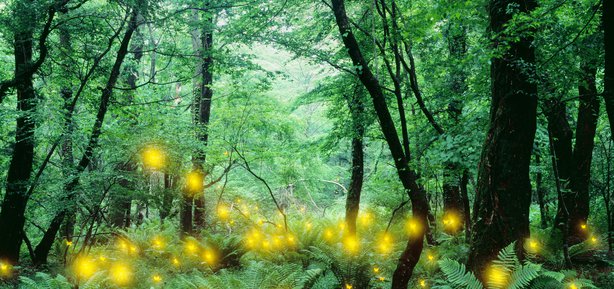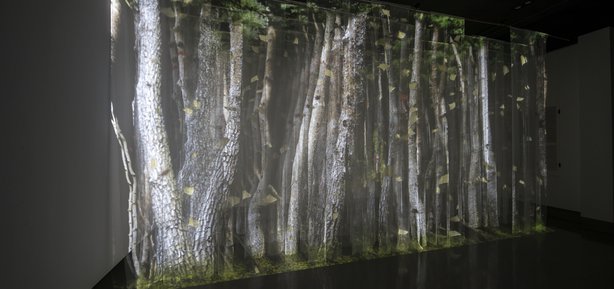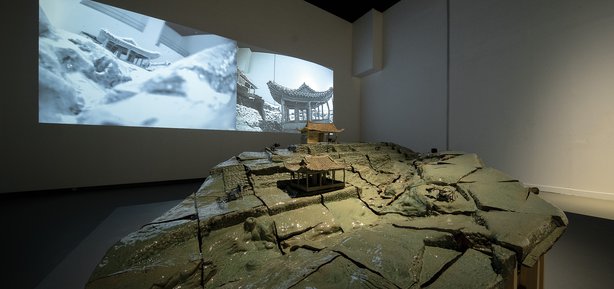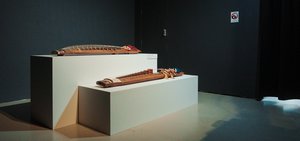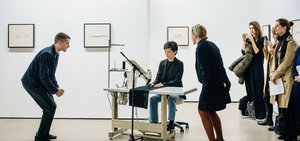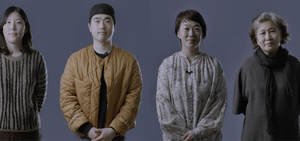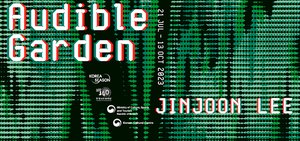Circulation Metaphor
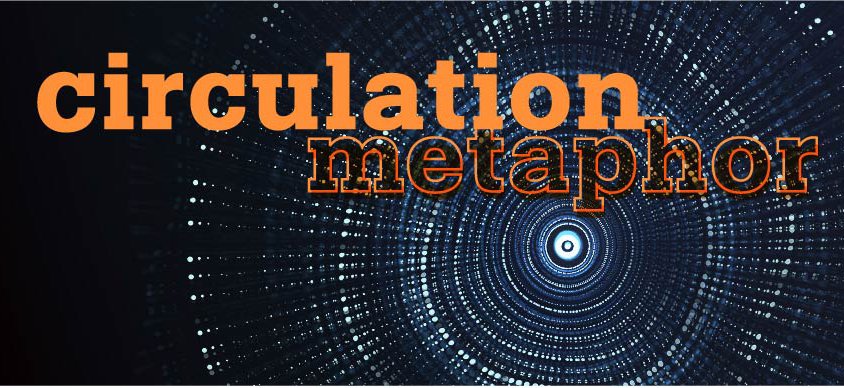
New media art explore the circulation of life and nature.
ABOUT THE EXHIBITION
A group exhibition featuring six artists and one collective, who through various forms of new media art explore the circulation of life and nature.
The Korean Cultural Centre UK, Gwangju Museum of Art and Asia Culture Centre present Circulation Metaphor, a group exhibition featuring six artists and one collective, who through various forms of new media art explore the circulation of life and nature.
By introducing Korean contemporary artists who live and work in the Gwangju area Circulation Metaphor is part of a series of events that celebrate the city and its strong connection to media art. Since 2014 the city has been a member of UNESCO’s Creative Cities Network, a group of 180 global cities who have placed creativity and the cultural industries at the very heart of their development plans. The exhibition also celebrates Gwangju’s 2019 status as a city of culture.
Each artist in the exhibition works on the idea of circulation, exploring humankind’s relationship with nature. Growing from the question of existence and the possibility of extinction, this exhibition investigates the notions of living and the circulation of materials, immateriality and their mutual relationships. Kihyun Jung’s Anomaly Point +4℃ (2018) presents the impacts of ongoing industrialisation with a planet-shaped installation made of wool and hair. A collaborative piece by Earl Park, Saza Kim and Jeongsik Bae, Try Triangle (2018) is an elaborate kinetic installation where viewers see moving triangles of laser beams created by reflecting light on mirrors, all accompanied with sounds that correspond to those particular movements.
PARTICIPATING ARTISTS
Bongchae Son, Jeongju Jeong, Jeonglok Lee, Kihyun Jung, Sanghwa Park, Sehee Sarah Bark, Earl Park + Saza Kim + Jeongsik Bae
ABOUT THE GWANGJU MUSEUM OF ART (GMA)
Since 1992, when the Gwangju Museum of Art was first opened for the enrichment of local culture and arts, it has continued to strive to provide diverse cultural experiences for the public. The museum also was instrumental in building the foundations for the opening of the Gwangju’s modern arts museum, the Gwangju Biennale, in 1995. The Gwangju Museum of Art is composed of six components including the main building, the Ha Jung-woong Museum of Art, Gwangju Museum of Photography, Biennale Hall, Geumnamro Gallery, and the G&J Gwangju Jeonnam Gallery. The Gwangju Museum of Art helps spread the word of Gwangju not only in Asia but also in the larger global community.
ABOUT THE ASIA CULTURE CENTRE (ACC)
The Asia Culture Center (ACC) is an international arts and cultural exchange organization that produces new, future-oriented results through the convergence of Asia’s past and present arts and culture with innovative ideas and beliefs. The ACC, which opened in November 2015, is a Korean Ministry of Culture, Sports and Tourism affiliated institution established for the advancement of mutual understanding and cooperative growth with different Asian countries through exchange, education, research, and other efforts with regards to Asian culture.


